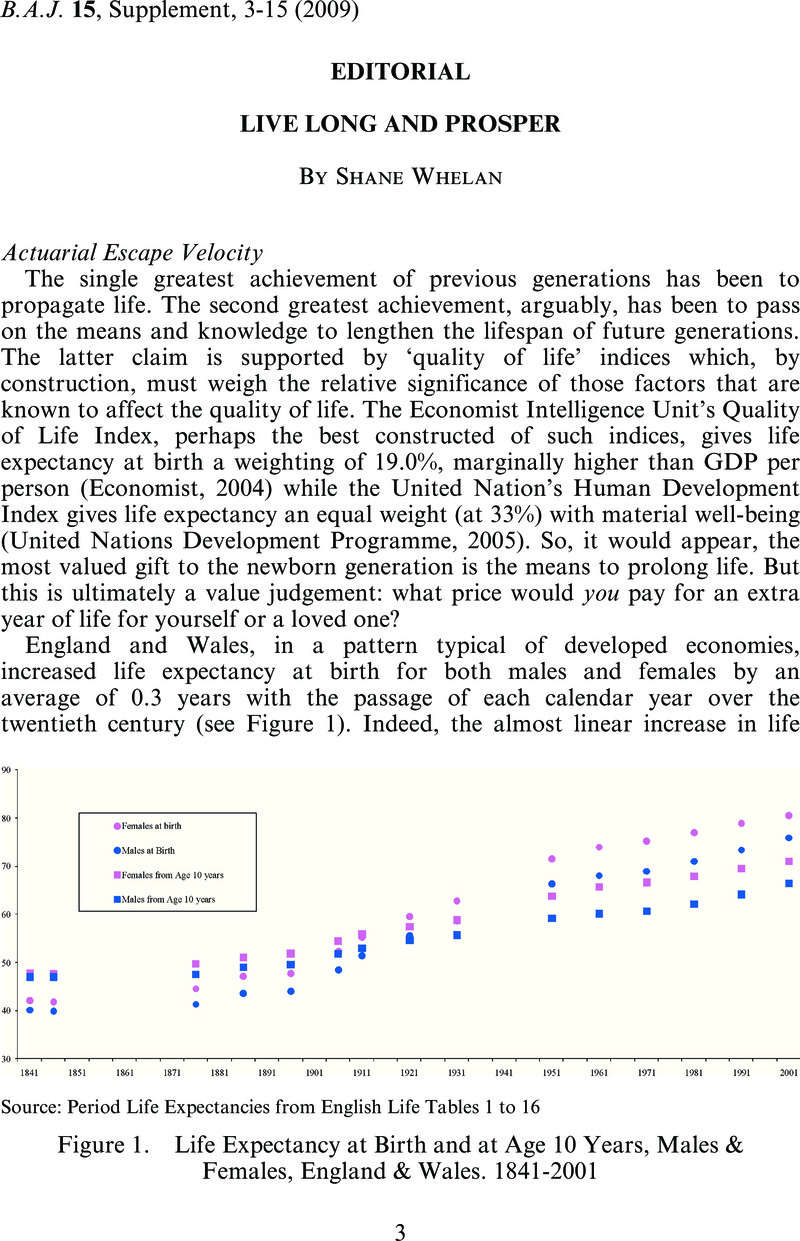Crossref Citations
This article has been cited by the following publications. This list is generated based on data provided by Crossref.
Grimsley-Smith, M.
2012.
Revisiting a 'Demographic Freak': Irish Asylums and Hidden Hunger.
Social History of Medicine,
Vol. 25,
Issue. 2,
p.
307.





